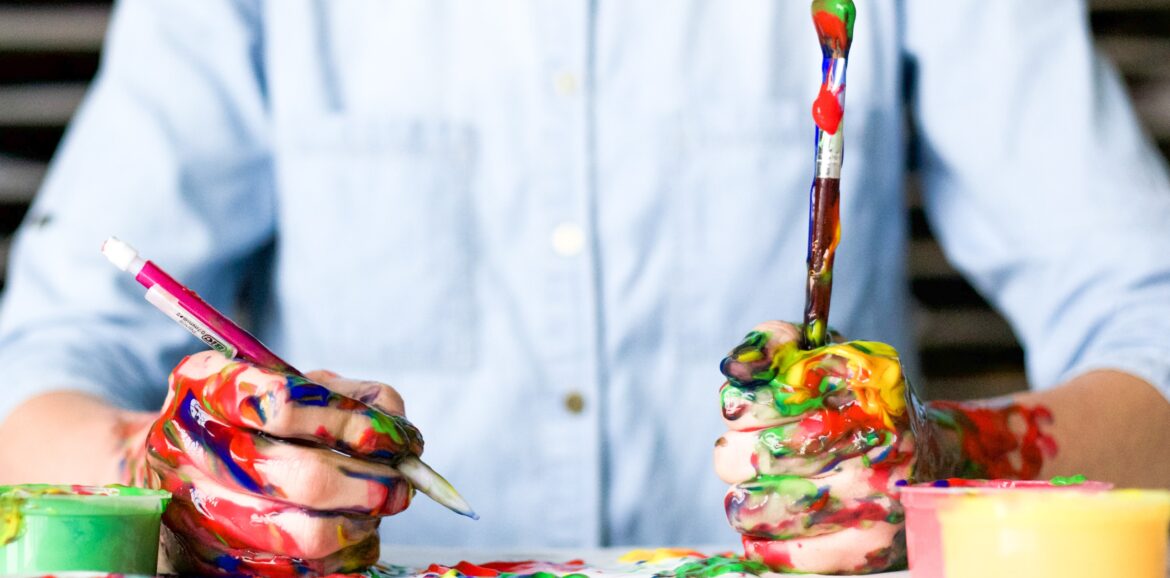The British Association of Art Therapists defines art therapy as “a form of psychotherapy that uses the medium of art as its primary form of communication.”
Art therapy encourages the idea that art is a means of symbolic communication through which the unconscious as well as personality, emotions and other aspects of human experience are expressed. In essence, artistic expression is used to enhance and enrich the verbal exchanges between therapist and patient in this approach.
C.G.Jung discovered the importance of working with drawings or modelling done in a psychotherapeutic process, considering drawn or modelled images as bridges to the unconscious and a first step towards awareness, since, everything that becomes conscious appears first as an image. When we choose to express inner images through drawing, painting or modelling, we allow ourselves to enter into a process of connection with the inner world, with our unconscious.The expression in images of these emotions or psychic contents that lie in the unconscious leads to their understanding and integration.
When a state or an emotion is not easy to understand, when something disturbs or irritates us, it is good to express it, to confront it and to process it.Painting has a healing effect, but the resistances expressed in painting must be understood and respected.Through painting or modelling we manage to bring out the playful spirit and creativity characteristic of the inner child, which has often been silenced by traumatic or coercive experiences or by a very critical spirit of parents and carers.
In art therapy it is not the drawing/the final product that is important, but the creative process through which it was created.In art therapy it is not the aesthetic aspects that matter: ‘beautiful vs. ugly’, it is the visualisation of the emotions, thoughts, fears, dreams and fantasies of the person who created the work.Often for the client the realisation of internal conflicts is painful, but only in this way can the conflicts be realised and processed.
Art therapy is not intended to create art objects although the name may suggest such an intention. The art therapist does not interpret or evaluate the product, but explores it with the help of the client and supports the client in discovering its hidden meanings.
There are no restrictions on who can benefit from art therapy and no constraints on the art materials that can be used:
• children whose parents are separated and going through difficult times, behaviourally and emotionally (aggression in the park, with other children or at home, with parents)
• couples who want to clarify certain aspects of their lives and or who are going through a separation process
• people looking for a job or who want to clarify what they want to do with their lives and what profession would suit them best
• older people who want to reconnect to their Self and explore their creative energy
• emotional or discouraged children who are having difficulties at school
• people who have difficulty relating to people of the opposite or same gender
• people who are not going through a crisis but just want to know more about themselves
Art therapy also plays an important role in psychopathology, being an adjuvant and potentiator of different psychotherapeutic approaches in depressive disorders, bipolar, anxiety, eating disorders and more.
Request an appointment!
Offer yourself the care and time you are willing to give others!
